Eco-Friendly Ideas for Home Building in 2024
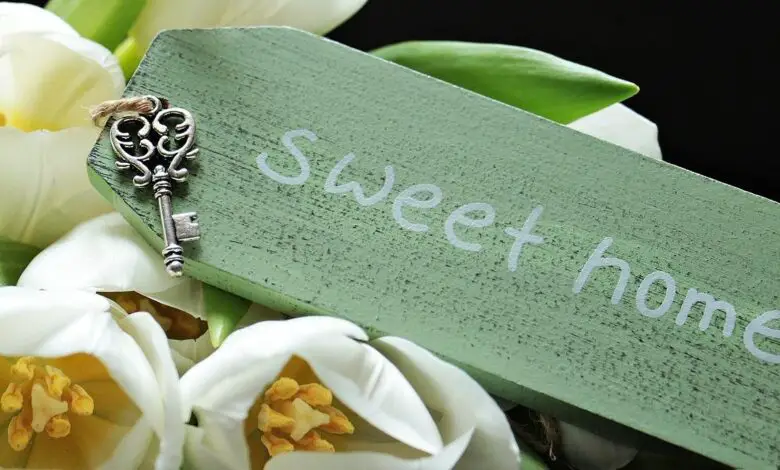
When it comes to going green, we often talk about the stuff we buy, like plastic or organic veggies. Or perhaps about using a bike, instead of public transportation. We think about the effects of big industries or air travel.
But sometimes, the problem is often closer to home. In fact, it’s the home itself. In the average American household, for example, 32% of carbon emissions come from the house itself; whether it’s heating, cooling, or another form of energy use.
People are increasingly aware of this, which has driven a huge hype around eco-friendly home building. Is it possible? Yes. But it’s not always straightforward. To help get your project started, here are some ideas you can implement in 2024.
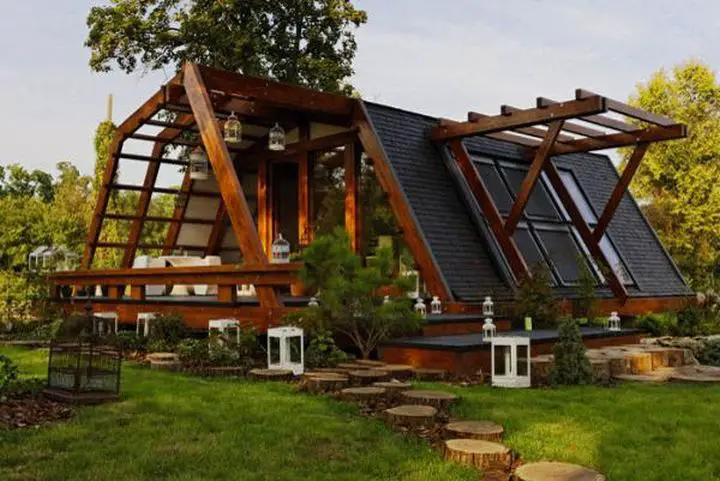
Location, Location, Location
Choosing the right location for your home can do a lot of the heavy lifting when it comes to going eco-friendly. You want a place where you have the surrounding infrastructure to support your designs, because you don’t want to affect the local environment by having to make changes, such as digging new lines.
Another thing to think about is access to public transport. Do you want to say goodbye to the car in 2024? Choose somewhere close to the tram, bus, metro, you name it. Or, to avoid all motorized transport, decent cycle access.
The final aspect of location is orientation. You want to figure out where the sun will be entering your home, ensuring maximum heat efficiency. On the south side, you want to plant trees to provide shade. This stops you from having to use your air conditioner.
Whacky Idea 1: Living Roof
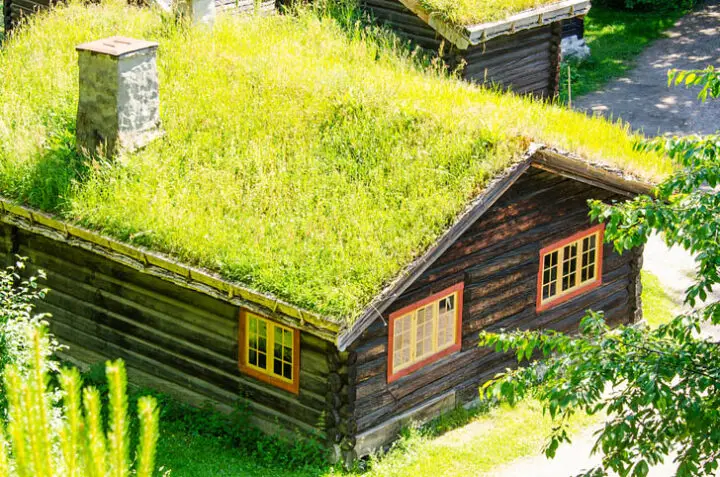
When I first heard about this idea, I thought it was a little whacky. A living roof, really? What does that even mean? It’s basically exactly what it suggests: a roof covered with plants, greenery, or just other living vegetation instead of traditional materials such as slate, for instance.
The living roof reduces energy costs, as it absorbs heat extremely well. And it’s not a gimmick: studies have shown that they are capable of reducing energy usage by over 75% during the summer. And it also helps with the dreaded “Urban Heat Island Effect”, which causes cities to succumb to the stifling heat.
To build your very own, you will probably need a flat roof, especially if it’s your first attempt as a DIYer. You’ll need waterproofing (essential!), roof barrier, drainage, a filter layer, a growing medium, and vegetation. One of the most important aspects is ensuring you maintain healthy soil quality (for more information visit Jim’s Mowing), or things can go down in a real hurry. If you want ultra-low maintenance, there are options, but it’s a little trickier.
Whacky Idea 2: Go Micro
This one is an approach that goes beyond a single aspect, like the living room, and instead encapsulates an eco mantra: smaller is better, smaller can also be bigger. Tiny micro-homes are becoming incredibly popular due to their cost, excellent design features, and eco-friendly (plus bill slashing) elements.
Micro housing has become so popular that there’s a sense it’s an actual movement. It’s about moving from consumerism, embracing a connection with nature, and doing more with less.
Many of these homes are very well designed. They may look super small (and let’s face it, they are), but they pack a lot in a tiny package. Everything has been thought about and resources have been utilized to the max.
Heard of Open Source House Building?
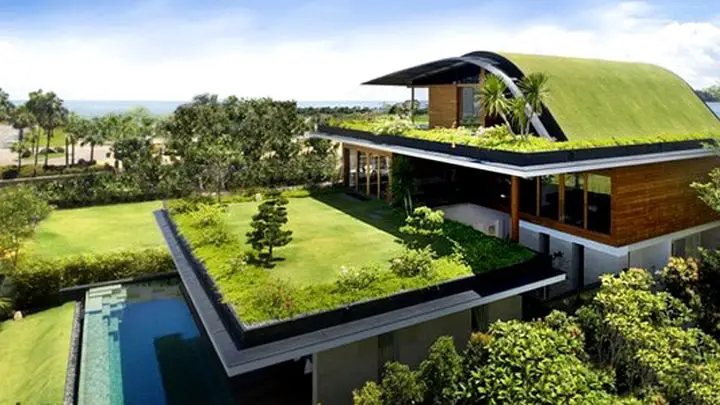
There’s Wikipedia, and then there’s WikiHouse. It’s an open-source platform that allows users to design and build their very own eco-friendly homes. This is how it works:
First, you choose your design from a range of options, allowing you to modify the plans to build your own custom home. The process is adaptable and consists of standardized parts, or modules, which allow you to build something unique but using ‘buildable’ elements. This is all completely free.
This is where the really cool stuff happens (if the design process wasn’t already that!). The WikiHouse project has been built to ensure you don’t need an expensive factory or components. Instead, using digital fabrication models, the elements are manufactured by local microfactories. The beauty of this is that you get a beautiful, designed and thought out home at the fraction of the price, completely customized.
The thing that sets WikiHouse apart is that it opens up sustainable, energy-efficient designs to the average person. Many eco-homes can be prohibitively expensive, which rules out a big chunk of the population. It’s no surprise that low-income households just can’t take part. But now, that’s changing with this project.
Cheat Tip: If You Can’t DIY, Go Prefab
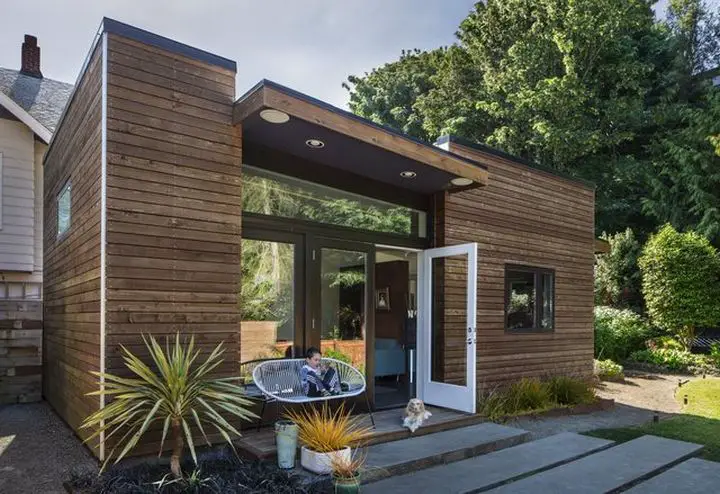
This is a little excerpt from our cheat sheet: if you can’t do it yourself, buy a prefab home. And don’t think this solution will limit your options or stifle your creativity. There are plenty of gorgeous prefab homes that allow clients to inject a sense of their personality into the design.
For example, the Big Box from B&M (from the UK, but they also take international clients!) offers a considered and modern design using reclaimed materials. You can choose your own tiles and oak, giving your home that personal touch. It’s fully eco-friendly and can be set up in a matter of days.
Before this starts to sound like a sales pitch, have a look at the wide number of prefab options out there. You can find homes for all sorts of budgets and aesthetic preferences. The main thing shared by all: an eco-friendly ethos for sustainable living.
Eco-Friendly Goes Beyond Your Home
We’ll leave you with this (perhaps unsolicited!) piece of advice. Eco-friendly living is not a ‘set and forget’ type of thing. And it’s not something you can do from 0 to 100, either.
Eco-friendly is about changing your approach. Making small changes, always being mindful of how we affect our environment. Trying to change to become more sustainable, but not admonishing others when they fall short. Start with your home, but focus on building a long-term eco-friendly community.
